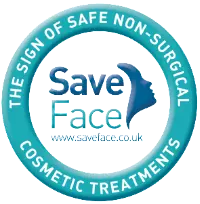Overview
Carboxytherapy is a treatment that consists of injecting medical-grade carbon dioxide gas into the skin. It can be performed on any area of the body, and is ideally suited to the treatment of stretch marks, cellulite, local fat deposits, wrinkle reduction, and the reduction of dark circles under the eyes.
Usually, a full course of carboxytherapy will consist of 4-10 treatment sessions.






